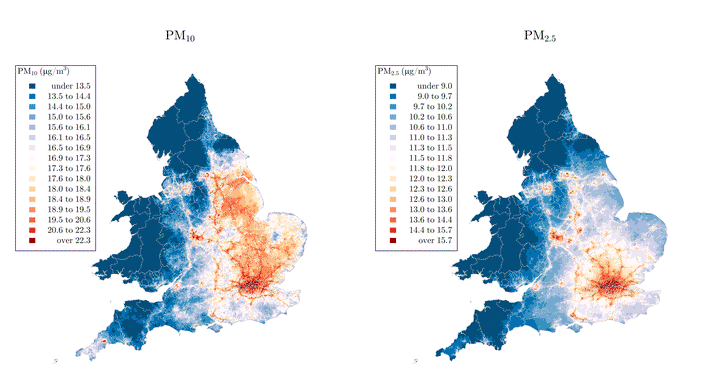Environmental Inequality in England and Wales - Disentangling the Correlates of Local Environmental Pollution Disadvantages

Abstract
Environmental inequality – the unequal exposure of some groups to environmental pollution – has received growing attention in Europe during the previous years. In general, empirical results confirm that ethnic minorities and socio-economically disadvantaged face a disproportionately high exposure to environmental hazards. However, it remains unclear which characteristics are most decisive for explaining the disproportionate burden of minorities. This study uses census data and Defra pollution estimates to scrutinize the link between environmental pollution and the presence of ethnic minorities in England and Wales. By applying a mediation analysis, the study furthermore investigates whether economic class and housing related characteristics, employment opportunities in industry, or language barriers contribute to the disadvantage of minorities. Results reveal that socio-economic and housing related characteristics have only little influence on environmental inequality. Language barriers in contrast seem to play an important role in explaining the disadvantage of minorities